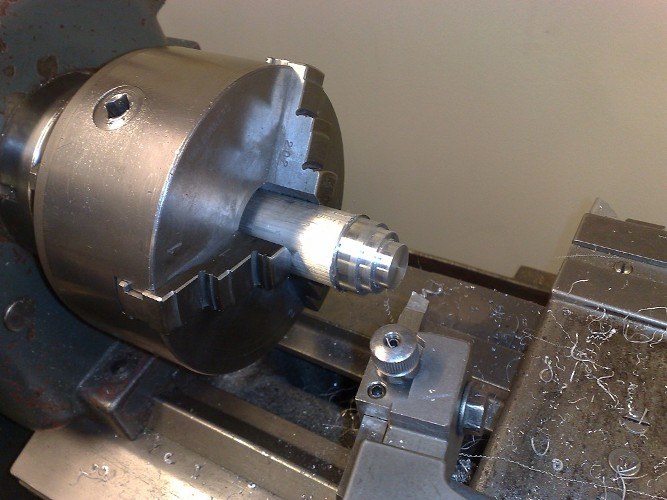You will need
- - sheet metal;
- - channel;
- - steel strip;
- - steel corners;
- engine;
- - the transmission;
- - fasteners (bolts, nuts);
- - a set of bench tools;
- - wrenches;
- - angle grinder ("grinder");
- - welding machine.
Instruction
1
Pick up motor for the lathe. Optimally, if it will have a capacity of about 2 kW and to develop up to 2000 rpm. But for a machine of small capacity is fine and the engine with lower performance, for example, from end-of-life washing machines or electric drills. Keep in mind that the more powerful engine will allow you to handle heavier workpieces.
2
Use for machine transmission from a small car by removing the "grinder" basket couplings. This device will provide several modes of operation of the machine, wherein the number of revolutions. To increase momentum you can, if equipped with a extra pulley.
3
From a steel angle or U-shaped steel channel weld frame to frame. Rackline bed extra long ties, making the distance between the ribs are the same. The guides gather the elements of square section steel and strips. From pieces of sheet metal will weld a box Cam of the cartridge, and then install it in the bearings with the possibility of adjustment.
4
The tailstock weld steel area and a thick plate that will rest on the rails. Grandma should be able without effort to move along the guide rails. To the top plane of the tailstock weld nut for fixing the rear support centre.
5
Front and center in the form of a sharpened cone hook up to the spindle, trying to make it as accurate as possible. Inaccuracies in the installation can lead to strong radial runout during machining of massive parts. In the simplest case, the front center you can make it using a suitable sized bolt.
6
Assemble the entire structure of the machine together. Check how freely the spindle. Adjust the front and rear centers so that they were on the same axis. Be sure to provide the protective cover for gear mechanism – this will ensure the safety of the machine operator.
